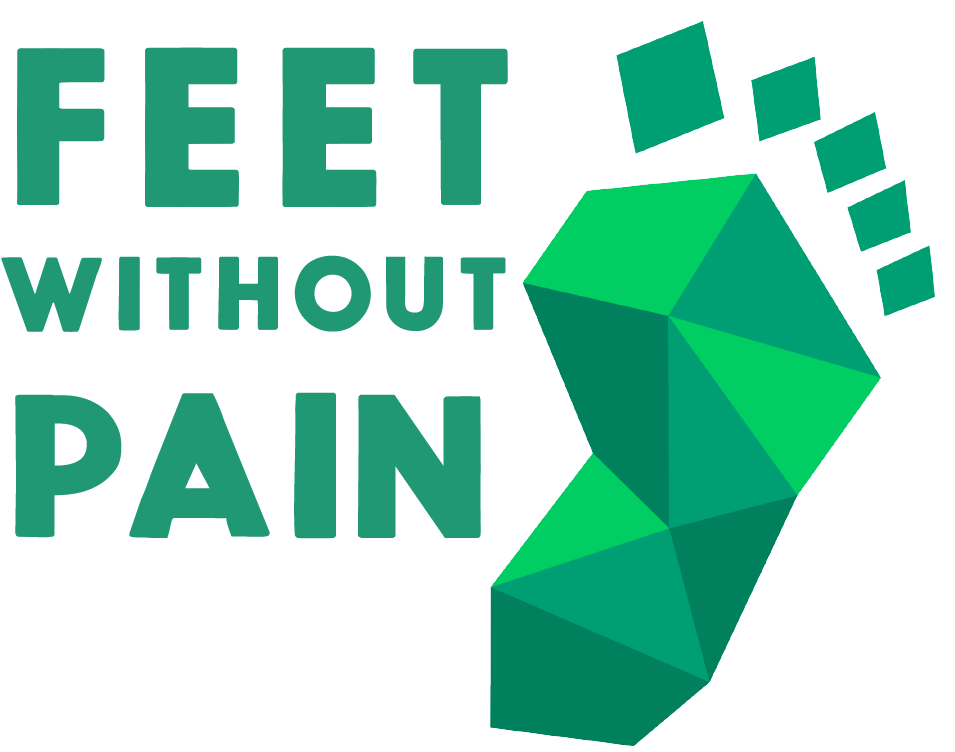5th METATARSAL
The fifth metatarsal is the forefoot bone that articulates with the phalanges of the little toe and with the cuboid (the tarsal bone that surrounds the 4th and 5th metatarsals). This region is susceptible to pain due to the impacts absorbed while walking. Such discomfort can intensify when an individual has abnormal footsteps or uses inadequate shoes, such as high heels or stiff sneakers.
Some possible diagnoses causing pain in the fifth metatarsal may be linked to pes cavus, supinated footsteps, calluses, ankle sprains, or bunionettes.
CAUSES
According to the “Metatarsalgia” study, the main reasons for pain in the fifth metatarsal are the excessive load, or pressure, on the head of the bone. The fifth metatarsal is further aggravated by using inadequate shoes or intensive practice of sports that require jumping and sudden movements, such as volleyball.
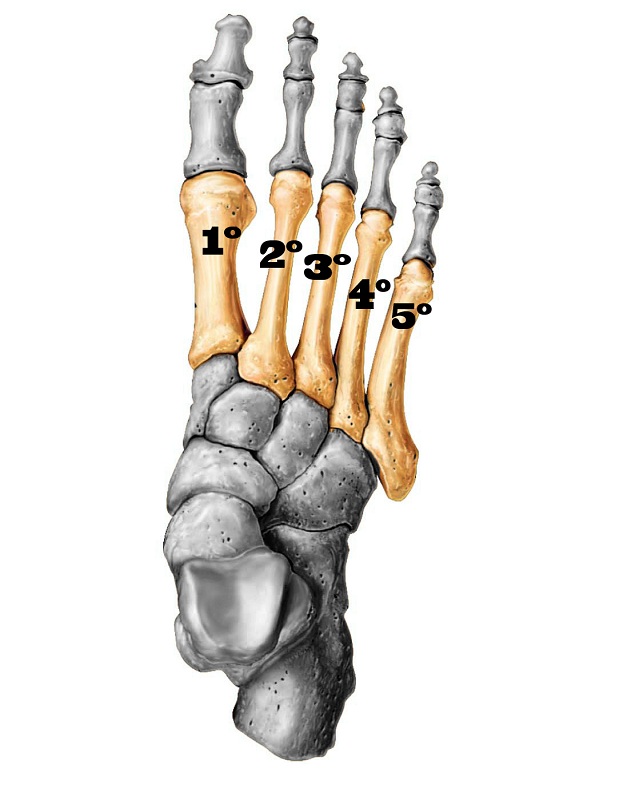
Alignment
Changes in the footstep directly influence pain emergence in the fifth metatarsal, especially when the subject has a supinated gait. The reason for this is that instead of having a proportional pressure distribution across the feet, the outer region of the foot, where the fifth metatarsal is located, is subjected to stress and pressure overload.
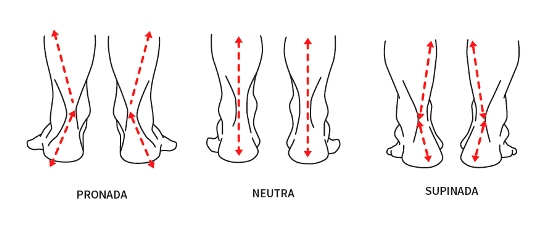
Type of footstep
Deviations from normal foot alignment can develop because of the natural shape of the feet or an individual’s muscle weakness. It can develop into serious problems such as ankle or knee misalignment and an increased probability of sprain injuries.
Overloads
Excess weight, combined with or without gait type and footwear, can increase discomfort in the fifth metatarsal, as the bone is stressed by the pressure it absorbs.
Physical activities requiring significant effort can also put excessive pressure on the fifth metatarsal, causing various conditions, from simple calluses to trauma and injuries. Jumping sports, such as volleyball, basketball, gymnastics, running, or long walks, are some examples.
Inadequate shoes
Wearing uncomfortable and stiff sneakers and shoes significantly impacts fifth metatarsal pain. For example, women who wear high heels or pointed-toe sandals for long periods tend to have more pain and inflammation than men.
These types of footwear disproportionately distribute pressure on the feet and compress the toes against each other, thus altering the body’s biomechanics.
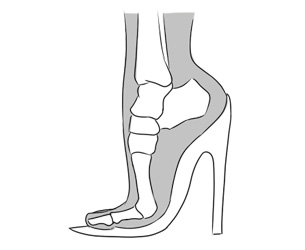
Trauma
The fifth metatarsal is susceptible to involuntary blows or impacts because of its position in the foot’s outer lateral region. For example, it is common for people to hit their “little toe” on the corners of doors and furniture, directly triggering this pain. The most common cause of 5th metatarsal pain comes from ankle sprain trauma. In these cases, the ankle moves from the natural position and “turns the foot inwards,” leading to severe ligament injuries and even fractures of the fifth metatarsal. In the long term, these sprains can also cause chronic pain, which is challenging to solve.
MAIN PATHOLOGIES RELATED TO PAIN IN THE METATARSALS
Calluses
The skin thickens in some body parts due to friction between the foot and the shoe, causing calluses. They are common in people wearing high heels and narrow-tipped sandals. They do not cause pain, but they can cause discomfort.
Pes cavus
Individuals with pes cavus have an abnormally high plantar arch. This type of foot may be related to supinated gait, contributing to increased overload on the fifth metatarsal.
Bunionette
It is a type of fifth metatarsal bunion. This deformity can occur due to continuous pressure on the side of the feet, often caused by the prolonged use of narrow-tipped sandals or high heels.
People with a bunionette should pay close attention to their type of footwear since swelling, and localized pain can intensify. This pathology gradually evolves and can lead to surgery.
PREVENTION AND TREATMENT
The treatment for pain in the fifth metatarsal varies according to each case, and the diagnosis to define the exact cause of the discomfort can only be assessed by a medical specialist. But, in general, we can take some measures to relieve pain in the area, such as:
– Icing the affected area for 15 to 20 minutes;
– Using toe separators;
– Avoiding wearing high heels and pointed sandals. It would be best if you opted for spacious and comfortable shoes;
– Decreasing the pressure load of high-intensity physical exercises;
– In the most severe cases, the area should be kept at rest;
– Using Feet Without Pain custom-made insoles and shoes.
Remember that medicines should only be used with a medical prescription, as self-medication is dangerous and can impair a patient’s well-being.
FEET WITHOUT PAIN® CUSTOM SHOES AND INSOLES FOR PAIN IN THE 5th METATARSAL
Custom-made Feet Without Pain insoles relieve pressure overload on the fifth metatarsal by redistributing the pressure across the feet. Our insoles have a surface elevation precisely positioned in front of the area in pain.
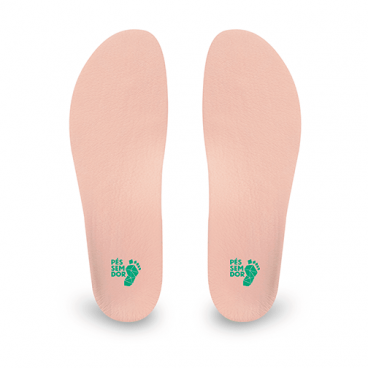
Custom-made shoes are manufactured to your exact specifications taking into consideration the width and circumference of the metatarsals. The result is a perfect fit, with no excessive compression for those with wide feet and without being too loose.
In addition, Feet Without Pain custom-made shoes can have one of our 3D-printed soles, guaranteeing excellent impact cushioning and good support.
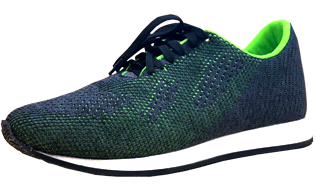
Feet Without Pain custom insoles and shoes are made with 3D technology and millimetric digital precision after a free foot, ankle, and knee evaluation with our specialists at one of our branch offices. Check some of their benefits for your feet below:
- Elimination or reduction of pain;
- Injury prevention;
- Increased comfort;
- Perfect fit;
- Standing longer without pain or discomfort;
- Prevention of pathologies progression;
- Improved impact absorption;
- Improved sports performance.
FREQUENTLY ASKED QUESTIONS (FAQs)

How to purchase your custom shoe or insole?
It’s fast and easy! Schedule a free evaluation of your feet with our specialists to buy your custom-made shoe.
Call, send a message to WhatsApp at 4003-8883, or visit: www.pessemdor.com.br/agendamento.
How does the evaluation work?
Upon arriving at a Feet Without Pain branch office, you will be received by a foot, ankle, and knee specialist, who will then fill out a registration form and ask some questions about your pain. Next, the assessment of the feet begins.
The specialist will perform an examination of your feet to understand your foot pains and complaints. Then, using the high-precision 3D scanner device, the specialist captures your feet’ measurements.
We are the only company with a 3D scanner for designing custom shoes. First, with the measurements of your feet, a mold is created using 3D printers, and after that, we start making your shoe.
How long does it take for the shoes and insoles to be ready?
Feet Without Pain produces custom-made shoes in up to 3 days; then, they are sent to your home free of charge!
Is the evaluation free?
Our assessment is completely free! We perform a complete analysis of your feet and legs, and you pay nothing for it!
Do we accept medical insurance?
We do not work with insurance because our assessment is completely free! But you can check if your plan somehow refunds you regarding the shoes!
EXTERNAL LINKS
1) Bunionette | Foot Education
2) Bunionette – Joanette do 5º dedo | Clínica e Cirurgia do Pé
